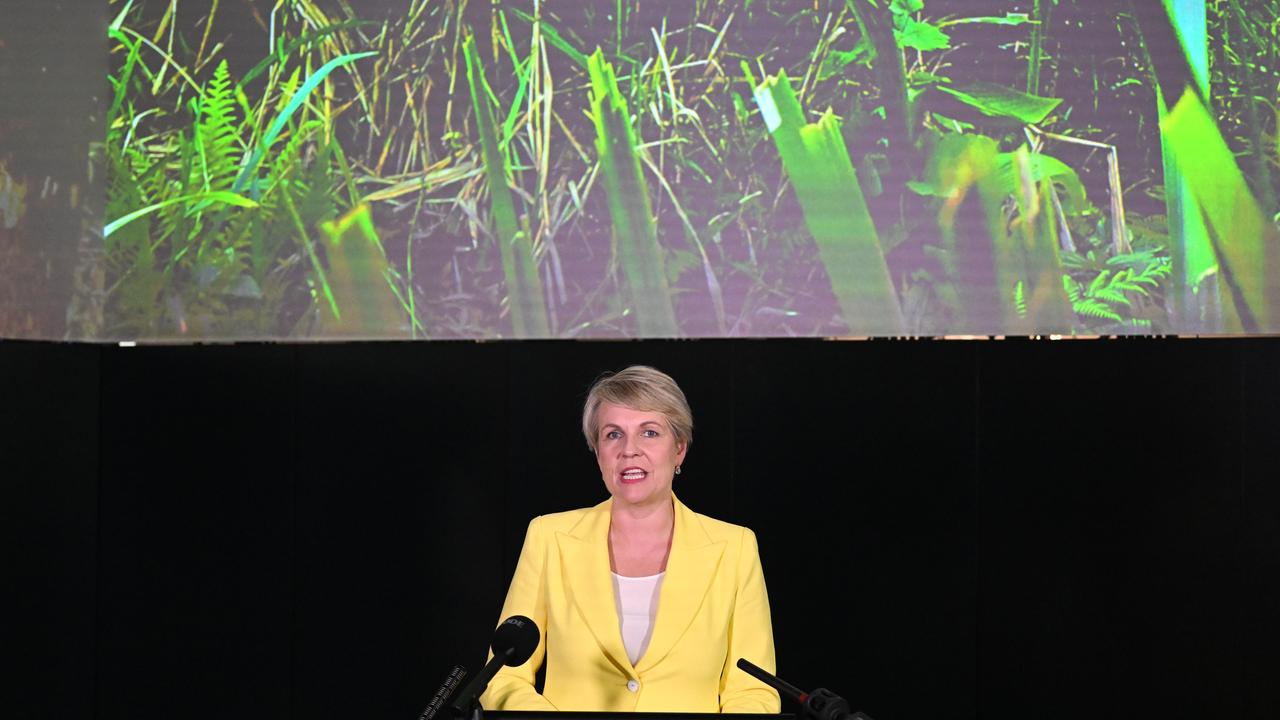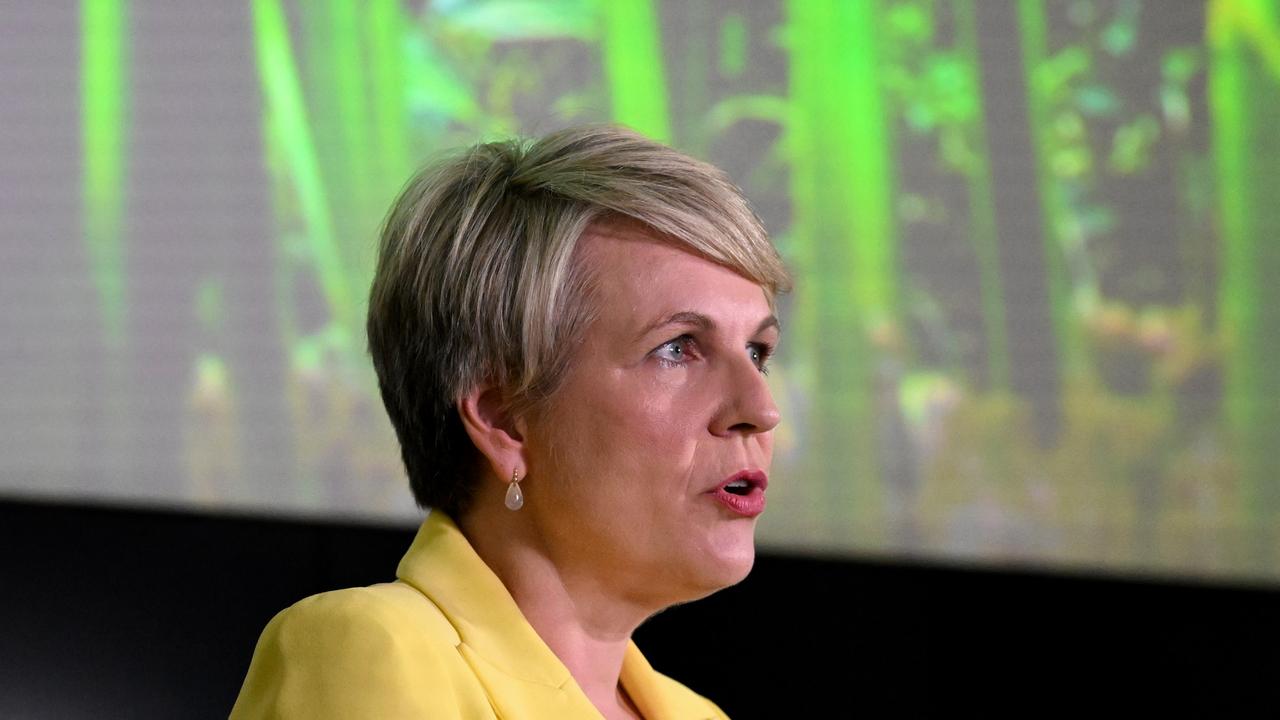COP15 agreement good for oceans, terrible for endangered species
A deal years in the making to protect the world’s biodiversity has finally been agreed to, but Australia says it doesn’t go far enough.

A global agreement that vows to protect the world’s biodiversity is a “big step” but it doesn’t do “enough” to halt species’ extinction.
In Montreal, at 3.30am on Monday local time, the final COP15 agreement was reached by 190 countries that holds them to account to protect 30 per cent of the world’s land and 30 per cent of the world’s oceans by 2030.
It also commits to ending the extinction of known threatened species by 2050 – a target critics say is too weak.
The global biodiversity framework has taken years to reach, in part due to Covid-19, as well as intense negotiations between countries.
Over the last two weeks there have been arguments between countries about the targets, but Environment Minister Tanya Plibersek says Australia had led the way in negotiations, culminating in the “ambitious agreement”.
But both Ms Plibsersek and environment groups alike have agreed that the framework is not perfect.

Australian Conservation Foundation chief executive Kelly O’Shanassy said the world should have taken a leaf out of Australia’s book.
“Many of the world’s threatened species, including Australia’s, are on a pathway to go extinct well before 2050,” she said.
“It is not acceptable for a framework on biodiversity to allow for extinctions to continue for another 28 years. Australia has a goal of no new extinctions – that’s a goal the world should have supported.”

Ms Plibersek conceded she did not get everything she wanted at the bargaining table.
“We didn’t get everything we wanted. Others didn’t either. But with a bit of co-operation, compromise and common sense, we have achieved a lot for the world,” she said.
“Now it’s back home to Australia to get on with delivering our own ambitious plans to protect and repair nature.”
Independent senator David Pocock, who travelled to Montreal with Ms Plibersek, said the agreement was a “mixed bag”.
“Like most things there’s some really good things, like a commitment to protect 30 per cent of land and 30 per cent of oceans by 2030,” he said.
“Some disappointing news about less ambition to halt species extinction soon. We all know that 2050 is far too late.”
World Wildlife Fund Australia chief conservation officer Rachel Lowry said the deal was nature’s “Paris”, saying: “This can be our 1.5 degrees – our moment to turn things around and give nature a fighting chance at recovery.
“It was heartening to watch Australia take a lead role on the global stage.
“They didn’t always land what they asked for, but I had a number of international people say ‘Australia is back’ in recognition of their leadership.”



